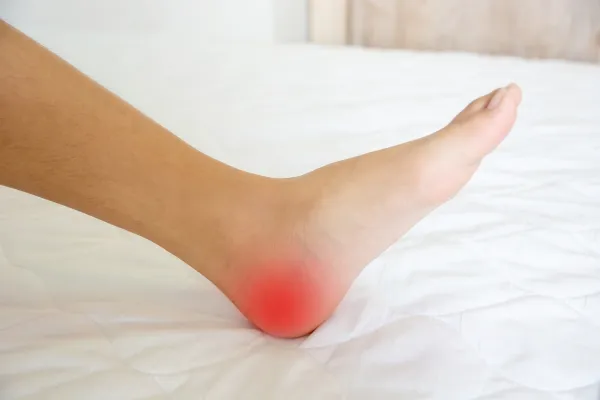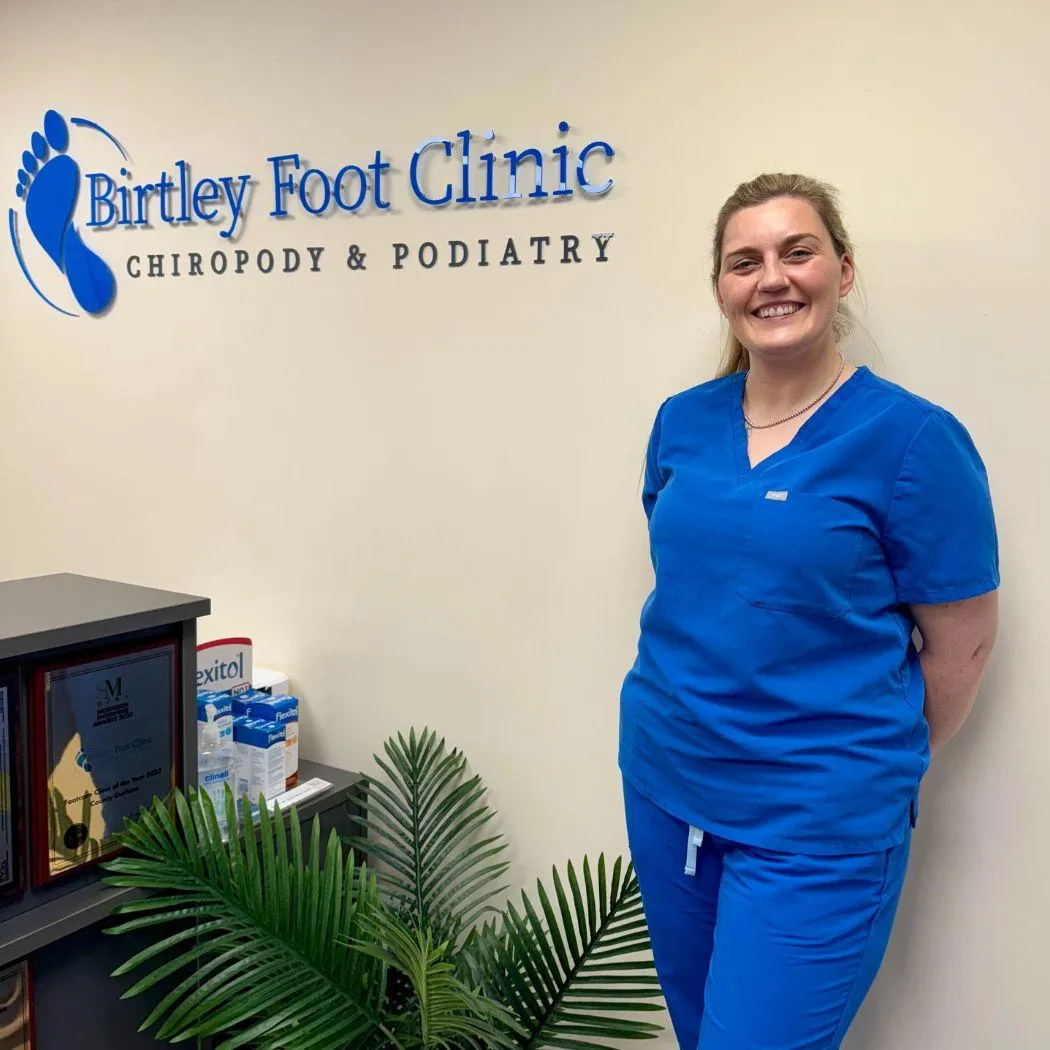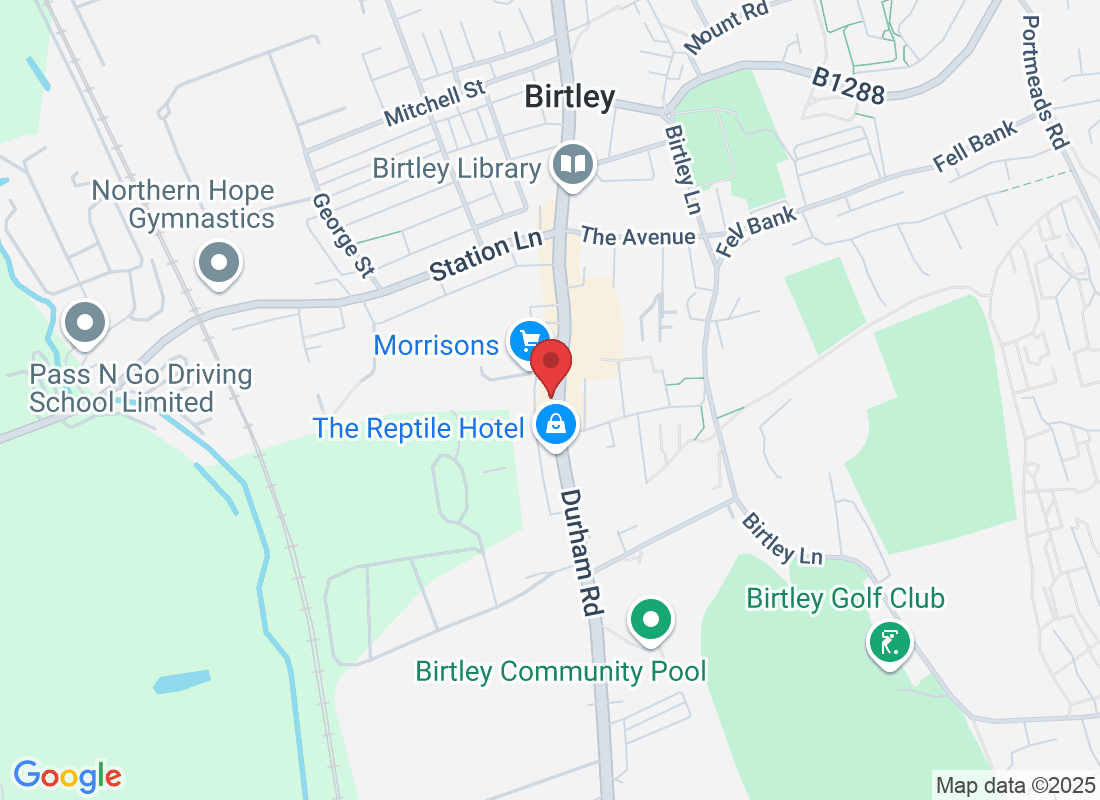
Plantar Fasciitis vs Heel Spurs: What’s Really Causing Your Foot Pain?
Ever felt a sharp pain in your heel first thing in the morning?
You take your first few steps of the day, and it feels like you’ve stepped on a stone — except there’s nothing there. That kind of discomfort is all too common, and two conditions are often blamed: plantar fasciitis and heel spurs.
But which one is really behind the pain? And what’s the difference between the two? Let’s clear up the confusion.
What Is Plantar Fasciitis?
Plantar fasciitis is one of the most common causes of heel pain. It involves inflammation of the plantar fascia — the thick band of tissue that runs along the bottom of your foot from heel to toes.
This band acts like a shock absorber, but if it's overused or placed under too much stress, tiny tears can develop, leading to irritation and pain.
Common symptoms include:
Sharp, stabbing pain in the heel (especially when getting out of bed)
Pain that worsens after long periods of sitting or standing
Discomfort after exercise — not during
What Are Heel Spurs?
Heel spurs are bony growths that can form at the bottom of the heel bone, often where the plantar fascia attaches. They develop gradually over time due to repeated strain on the foot muscles and ligaments.
Here’s the catch: heel spurs don’t always hurt. Many people have them without even knowing.
So if you’ve been told you have a heel spur on an X-ray, it doesn’t automatically mean it’s the cause of your pain.
Plantar Fasciitis vs Heel Spurs: Which One’s the Problem?
In most cases, plantar fasciitis is the main reason behind heel pain — not the spur itself.
Heel spurs are often a result of long-standing strain on the plantar fascia. Think of the spur as a side effect rather than the root cause.
Here’s a quick guide:
Sudden onset of heel pain? Likely plantar fasciitis.
Pain first thing in the morning or after rest? Again, probably plantar fasciitis.
No symptoms, but a spur shows on your X-ray? The spur might not be the issue at all.
What Can Cause These Conditions?
Risk factors that increase your chance of developing either condition include:
Standing or walking for long periods
Wearing unsupportive shoes
Having flat feet or high arches
Carrying extra body weight
Tight calf muscles
Repetitive stress from running or high-impact sports
How We Treat Heel Pain at Birtley Foot Clinic
At Birtley Foot Clinic, we see and successfully treat heel pain every day. Whether it’s caused by plantar fasciitis, heel spurs, or a combination of both, we create tailored treatment plans to ease your symptoms and prevent future problems.
Treatment options may include:
Custom orthotics to support your foot structure and reduce pressure
Manual therapy and stretching exercises to loosen tight muscles
Taping and strapping techniques to reduce strain
Footwear guidance to make sure your shoes are helping, not hurting
Shockwave therapy — a non-invasive treatment that encourages healing
Steroid injections for more persistent cases
Surgery is rarely needed and only considered if conservative treatments don’t provide relief.
When Should You Seek Help?
If heel pain is starting to interfere with your daily life — or just not going away — it’s time to speak with a podiatrist.
You should book an appointment if:
Pain lasts more than two weeks
It worsens in the morning or after resting
It’s affecting your ability to walk or exercise
You’ve tried resting, icing, or over-the-counter insoles with no success
Early intervention can make a big difference in your recovery time.
Final Thoughts from the Birtley Foot Clinic Team
Heel pain can be frustrating, especially when it stops you from doing the things you love. Understanding the difference between plantar fasciitis and heel spurs is the first step towards finding the right treatment.
At Birtley Foot Clinic, our team of podiatrists is here to guide you every step of the way. We’ll assess your condition, explain everything clearly, and work with you to develop a plan that gets you moving again — pain-free.
Need support with heel pain?
Book an appointment today with our experienced podiatrists in Birtley and let’s get to the root of your discomfort — so you can get back on your feet with confidence.



